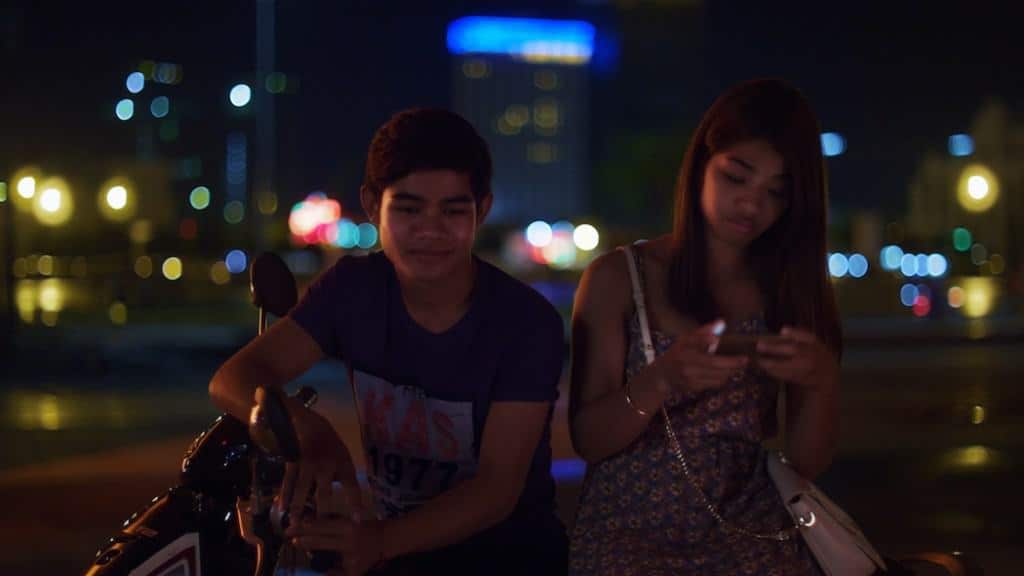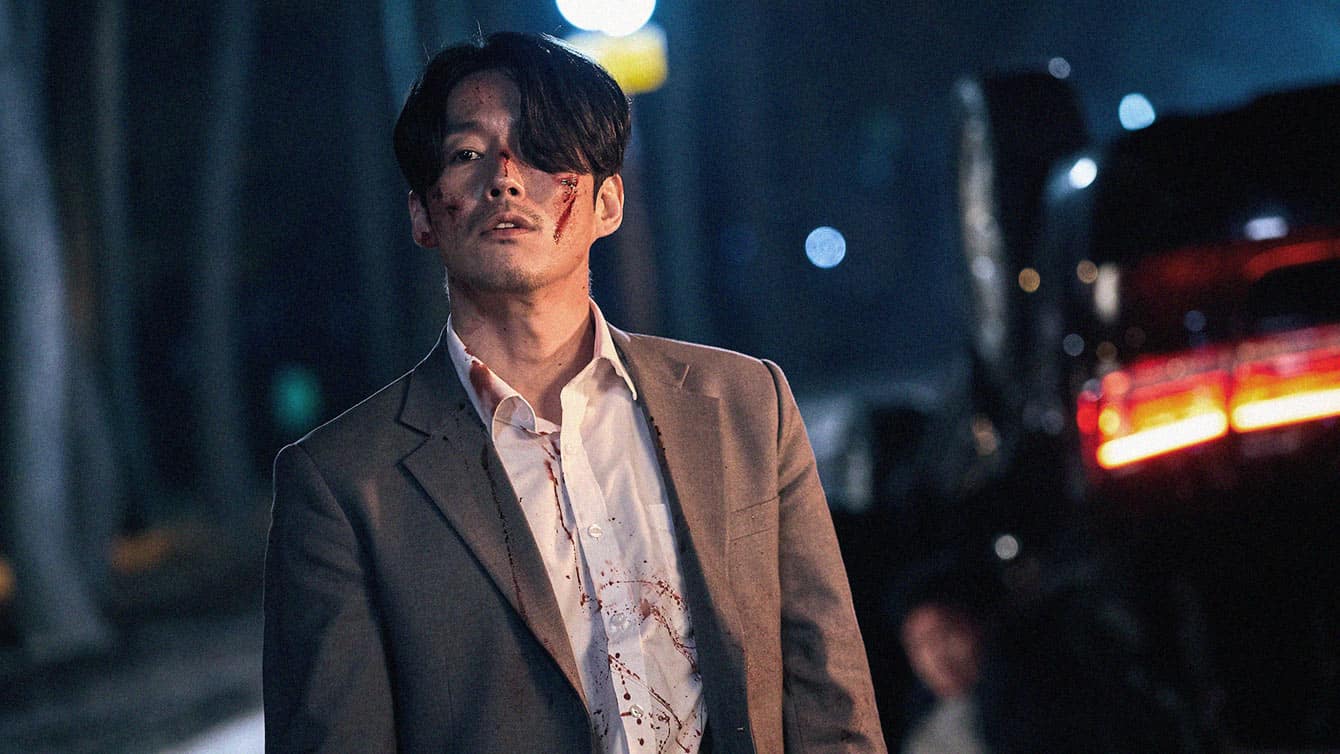The feeling of being trapped, like love, knows no gender. Japanese director Momoko Ando explores this complexity by interspersing unexpected displays of magical realism with a curious reading of romance and sexuality in her directorial debut “Kakera – A Piece of Our Life,” an official entry to the Raindance and Stockholm international film festivals in 2009.
Buy This Title
on Amazon
“Kakera” is based on the manga “Love Vibes” by Erika Sakurazawa. It focuses on Haru, a college student stuck in an an affair with a man who dominates all aspects of their relationship. The monotony of their arrangement gets broken when she meets Riko, a bisexual prosthetist whose blunt approach at life and love gives Haru an opening to leave her boyfriend and their cycle of toxicity.
Haru and Riko are each other's opposites, both in the inside and the outside. While Riko dons herself in grays and browns, Riko is garbed in attires of colors and patterns. Haru is reticent while Riko is assertive. Riko declares who she is and her sexuality to the world with nary a care, while Haru is always on the precipice. She hems and haws, but the vacillation is apparent not just when it comes to entering into a committed relationship with Riko, but in other salient aspects of her life, including asserting control over her body. Hence, even as Haru steps into Riko's world, she finds herself drowning in the same feeling of being suffocated in a setup she has yet to fully understand. Consequently, while it is the contrast in their personalities and predisposition which pulls them together, it is also what draws them apart.
Ando plays with colors, symbolism and a slapdash of fantasy to show the melancholia and inner musings of the characters. Since the overall aesthetic of the film is quiet and gray, when she illuminates scenes in strong colors, the shift in the moodscape is very, very apparent. The way she also establishes the spatial limitations of Haru as a manifestation of her very limited world before she meets Riko also steers the audience into witnessing how Haru's universe expands when she also begins to explore the possibility of liking a girl. From the usual bridges, routes and rooms she frequents, her environs change to where Riko takes her.
Hikari Mitsushima and Eriko Nakamura, who play Haru and Riko, respectively, embody the sensibilities of their characters very well. Individually, they are scintillating as it's very evident how committed they are to their roles. Hikari is immaculate as the awkward girl who has a hard time finding her voice in a relationship, while Riko's boldness is intriguing. Both characters could have been caricature-ish, but the two actresses lend enough layers of depth to their performance to make sure it does not go towards that direction. Another actress whose performance is worth mentioning is that of Rino Katase as Toko, who catches Riko's attention in very different ways. While Haru hurts Riko with her dithering, the latter gravitates to Toko, one of their clients in her job. Toko, an older woman also steeped in her own internal turmoil, shares a connection with Riko that is unique to the two of them. Katase delivers the scarred-but-beautiful characterization with poignancy.
There are other important elements that add texture to “Kakera.” One is James Iha's musical scoring. Iha, who is one of the founders of the American alternative rock band Smashing Pumpkins, builds the atmosphere of the movie with inviting, modern music. The other is the dialogue. There is so much to unpack in the lines of the characters, especially that of Riko's. Her words hit in the gut and serve as a nod to Sakurazawa and Ando's eloquence as writers. That they made Riko as a prosthetist is also not just ornamental nor incidental. Since she is in the field of creating artificial body parts, she knows how much important it is to address the sense of loss, emptiness and the gravity of touch.
Ando's camerawork and juxtaposition of images also vivify the source of Haru's harrowing situation when she was still with her boyfriend. In a pivotal scene which shows how trapped Haru is and how powerless she is under his control, she lies still on the floor while he does what he wants to her body, with scenes of a literal war playing on the TV in their background.
“Kakera: A Piece of Our Life” treads on the volatility of relationships and the emotional maelstrom one goes through especially at youth. It shows how the realization and assertion of sexual orientation and gender identity can be liberating for some, but not wholly, instantaneously freeing for others, especially when the person, on her own, is trapped in her own vortex of vulnerabilities.

















